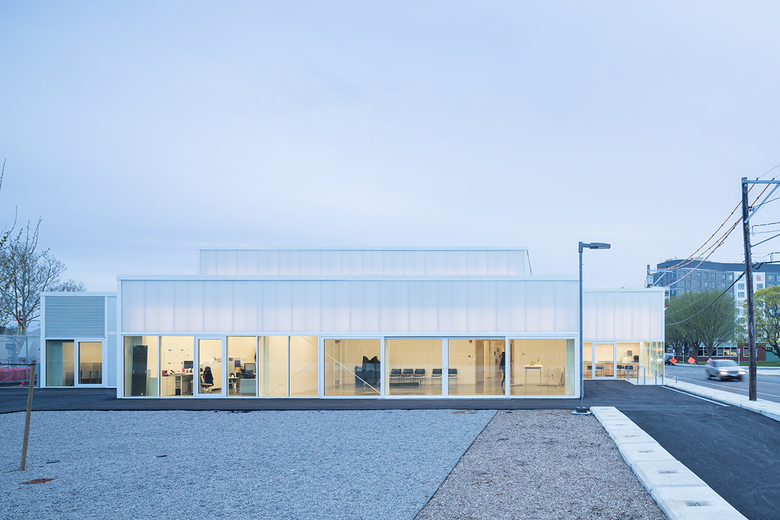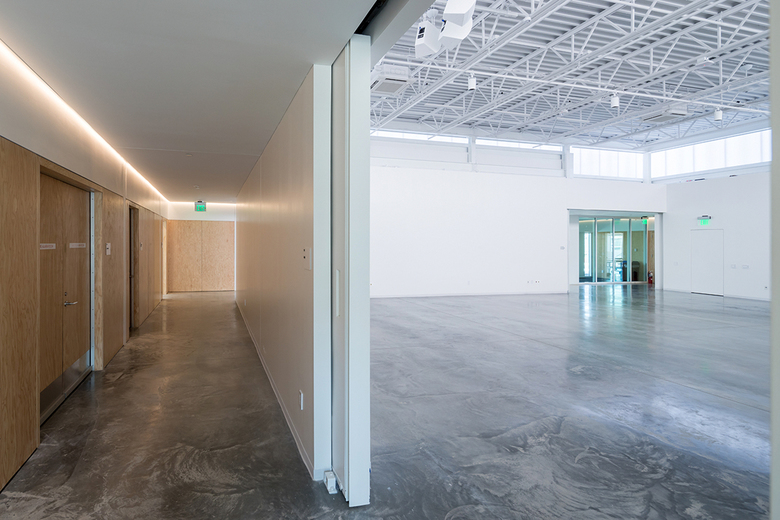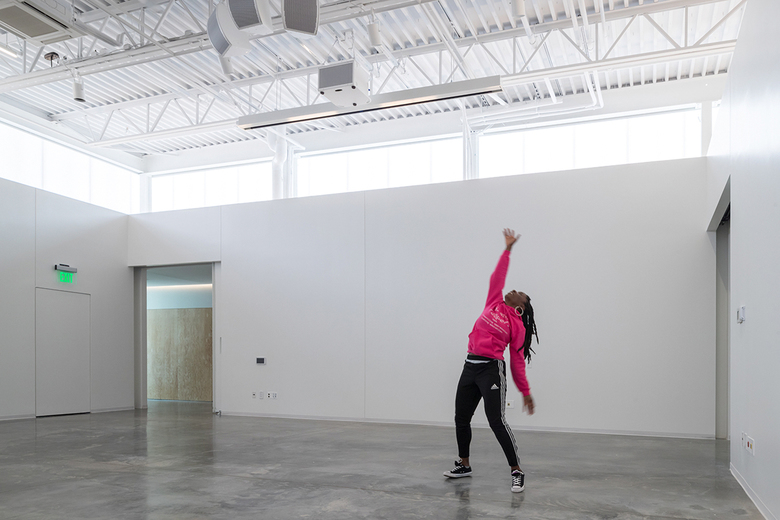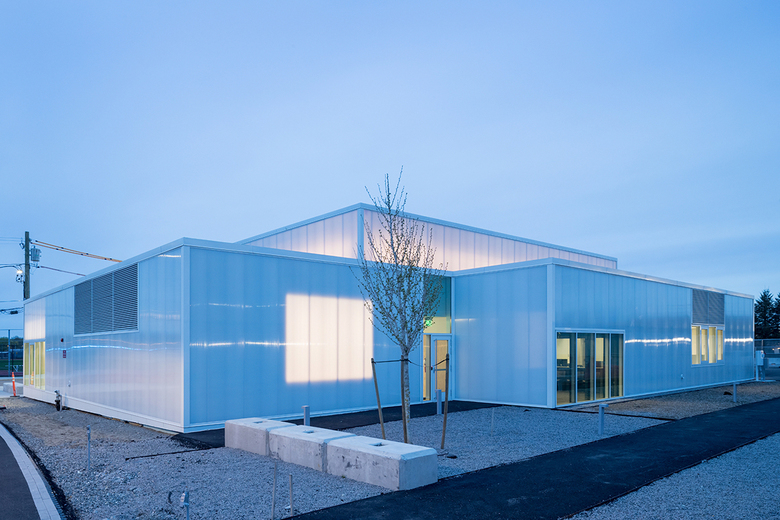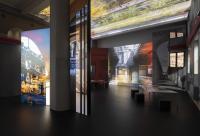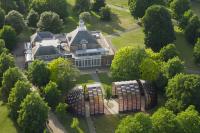Harvard ArtLab
Allston, USA
Harvard University’s ArtLab, a cross-curriculum space for the arts, is located on the school’s Allston campus in Cambridge, Massachusetts. Designed to be curated and adapted by its users, the 9,000 square-foot space will be available to students, teachers, visiting artists, and the wider community.
The building, a one-story “pinwheel-like” plan, consists of a series of studios, workshops, and media spaces that surround a common “Hub” space. The Hub, which can be opened and closed by a series of four large sliding partitions, enables performances and exhibitions, cultivating interactivity at the ArtLab’s center. Surrounding spaces provide recording studios, sound-editing stations, and rooms for rehearsal, improvisation, and informal performance.The ArtLab encourages and expands participants’ engagement with interdisciplinary arts-practice research, serving as a collaborative activator for the school and the greater Allston and Cambridge neighborhoods.
The building, which complies to Massachusetts’ high energy efficiency standards and is projected to be net-zero, is constructed of lightweight steel columns and open web steel trusses on a concrete slab on grade. Framing is mechanically fastened, able to be assembled and disassembled easily and efficiently, allowing for the building to be transferred and given a second life when needed. The steel frame is clad in transparent insulated glass and lightweight high-insulating polycarbonate panels. These panels range from transparent totranslucent to opaque, exploiting diffuse natural light and a street-level view by day, emerging as a glowing “lightbox” by night. These materials emphasize the building’s ephemerality while providing a robust and adaptable space for the arts. The roof is covered with photovoltaic panels, generating the power required for the building.
- Architects
- Barkow Leibinger
- Location
- Allston, USA
- Year
- 2019
- Client
- Harvard University
- Team
- Frank Barkow, Regine Leibinger, Martina Bauer (Associate), Sebastian Awick, Johannes Beck, Jordan Berta, Sophia Hannekum
- Architect of Record
- Sasaki Associates Inc.
- Construction Manager
- Lee Kennedy Co. Inc.
- Structural Engineering - Concept
- Werner Sobek
- Structural Engineering - Executive
- RSE Associates Inc.
- MEP/FP Engineers
- BR+A
- Landscape Architect
- michael boucher landscape architecture
- Lighting
- LAM PARTNERS



